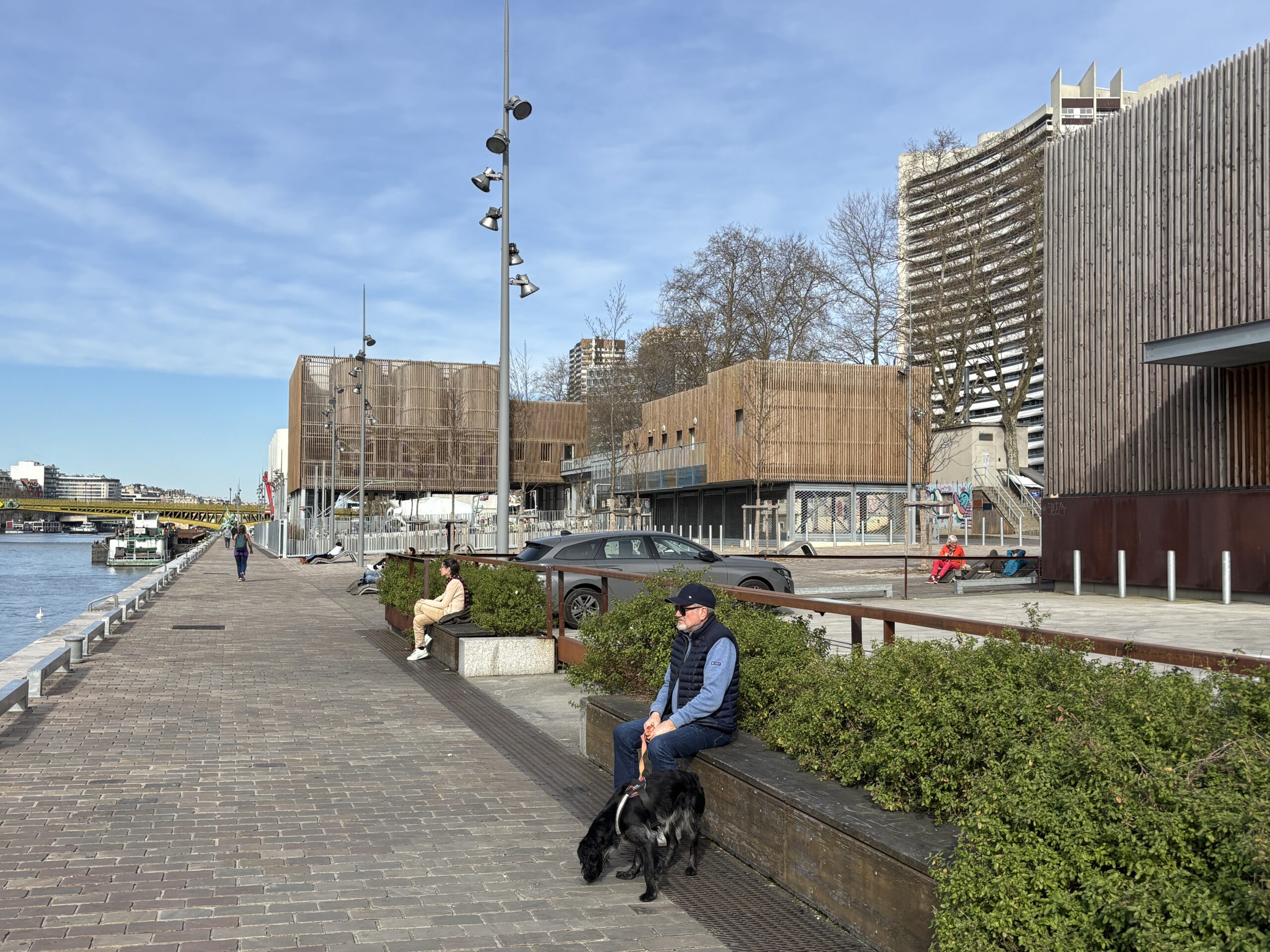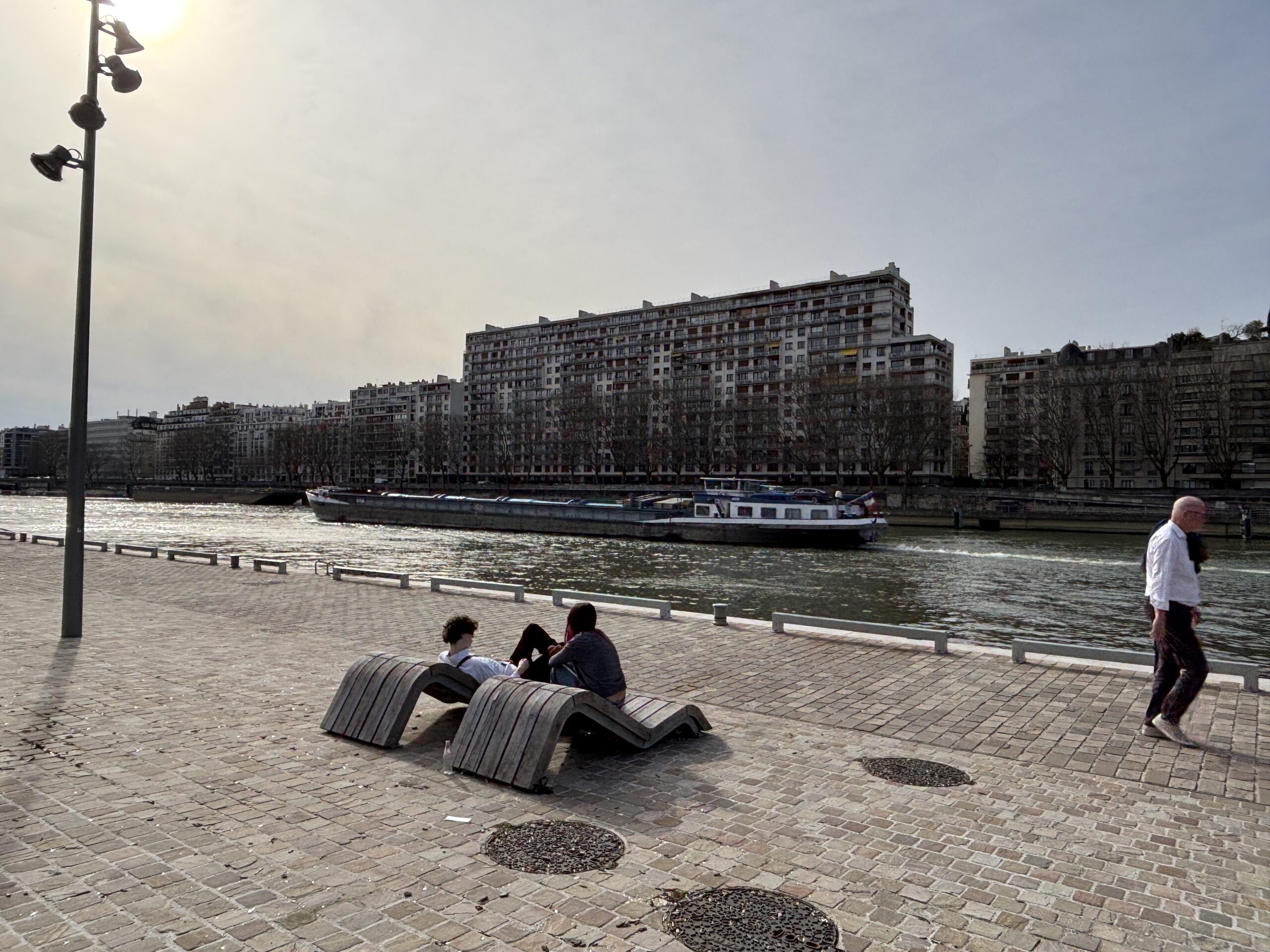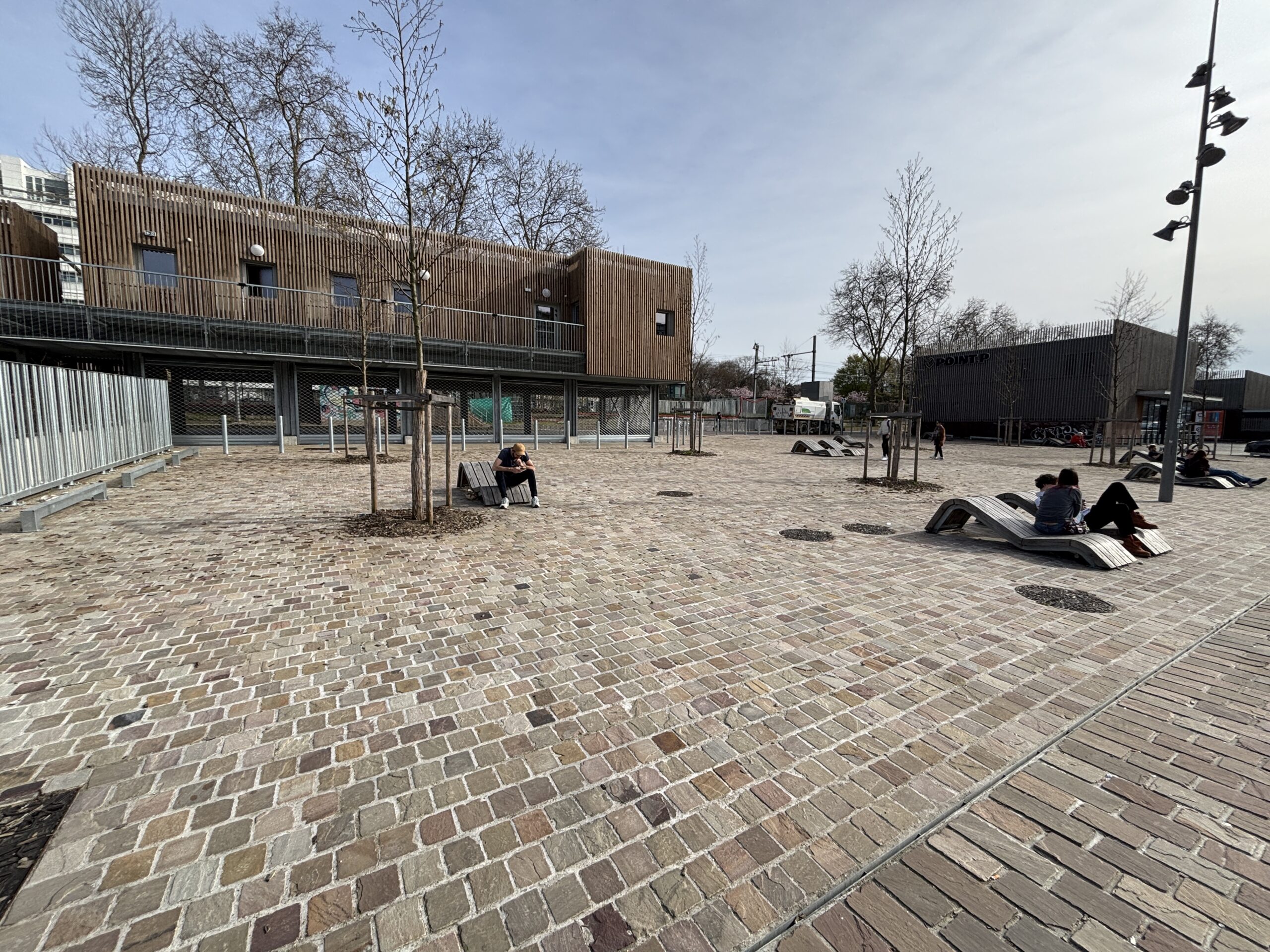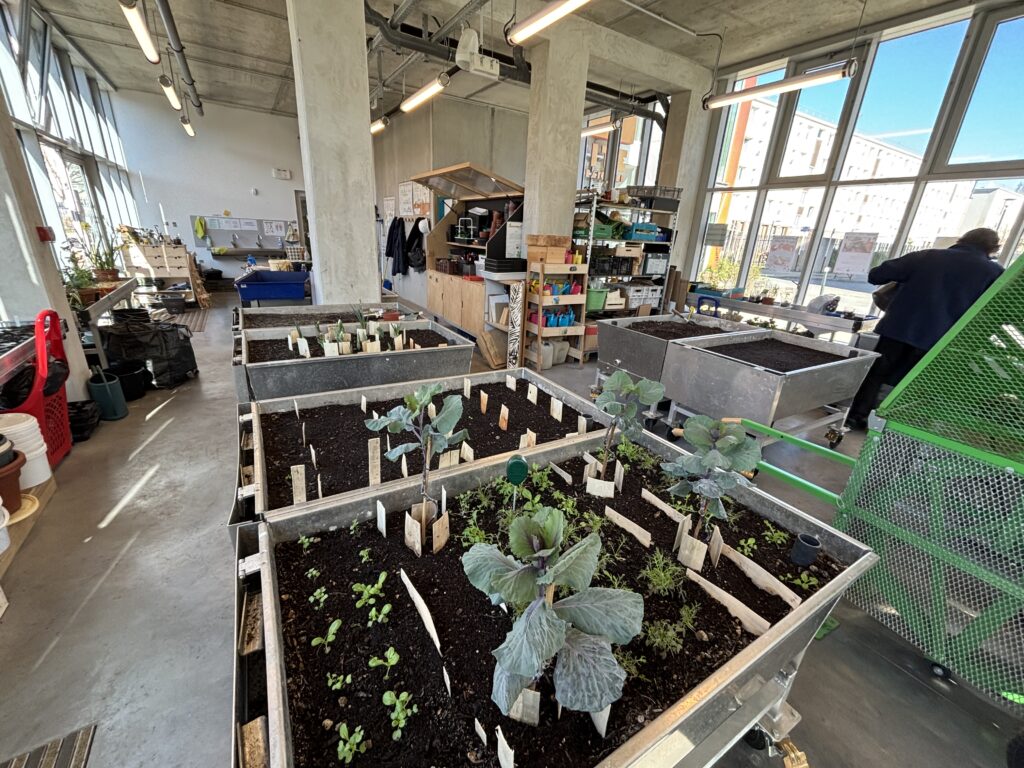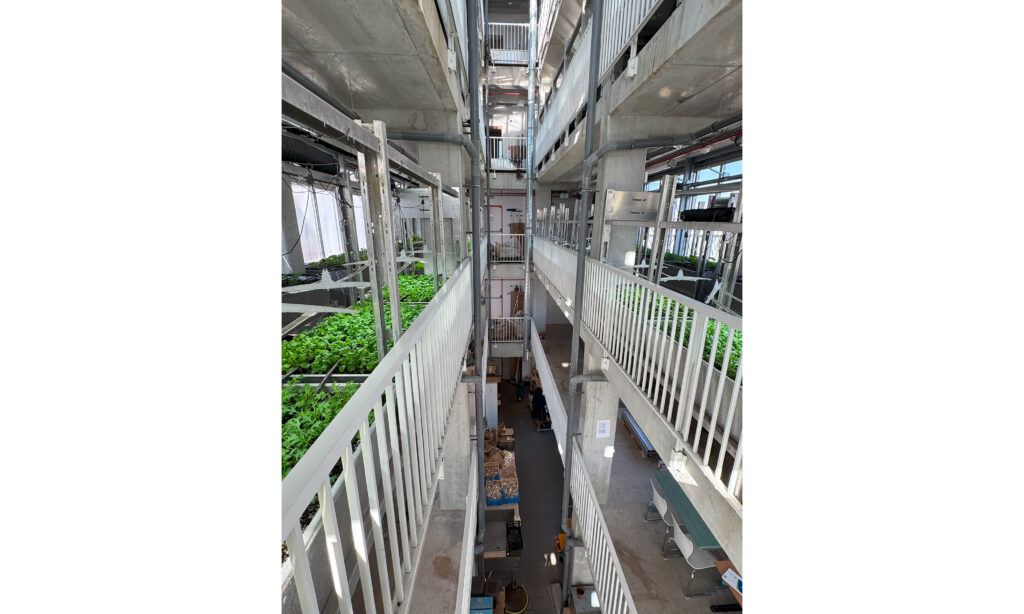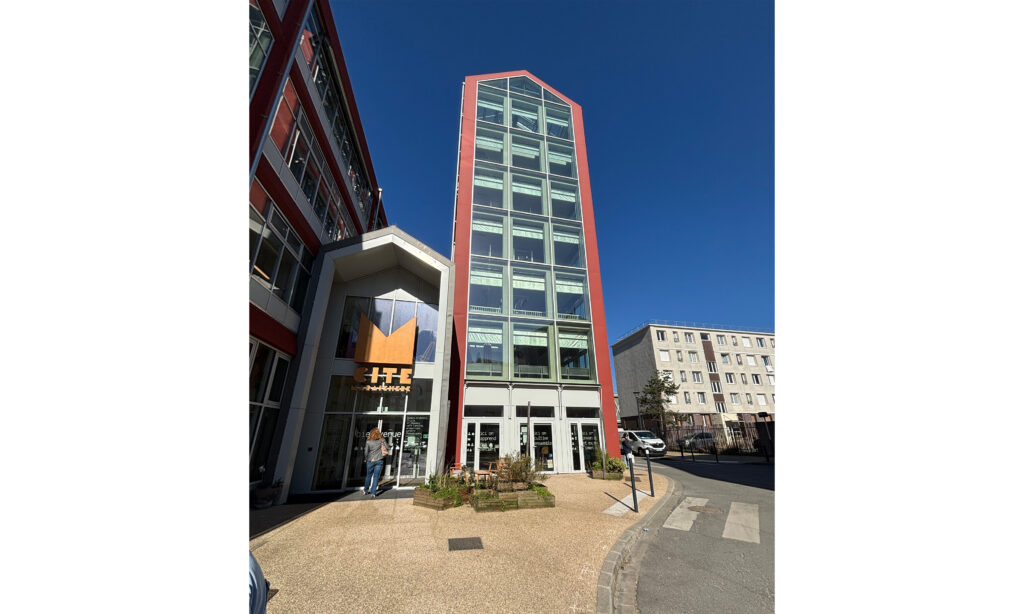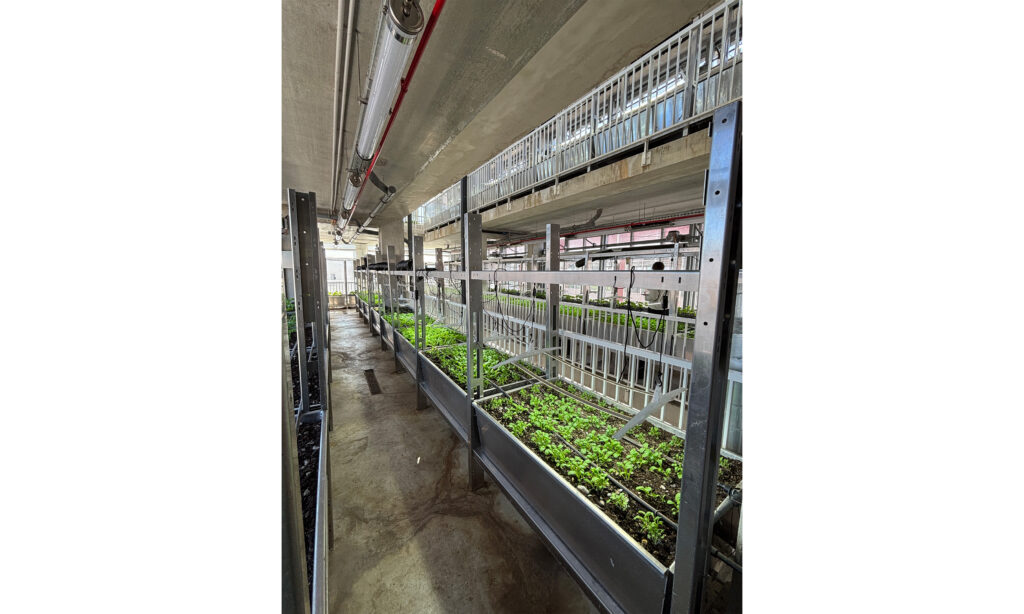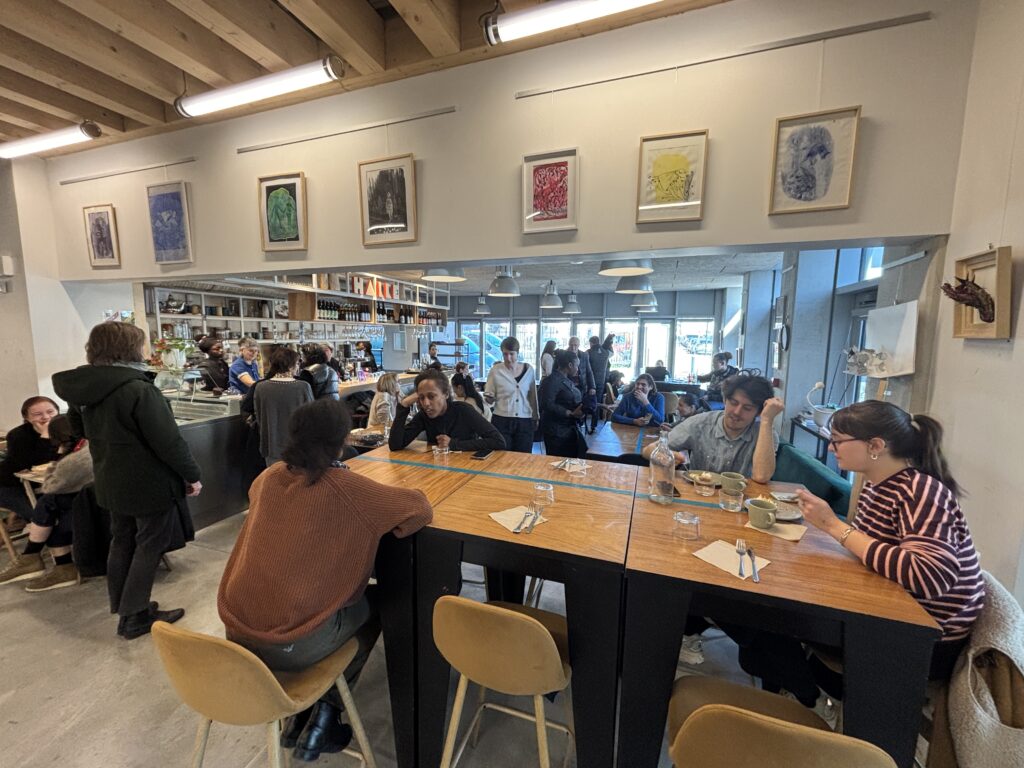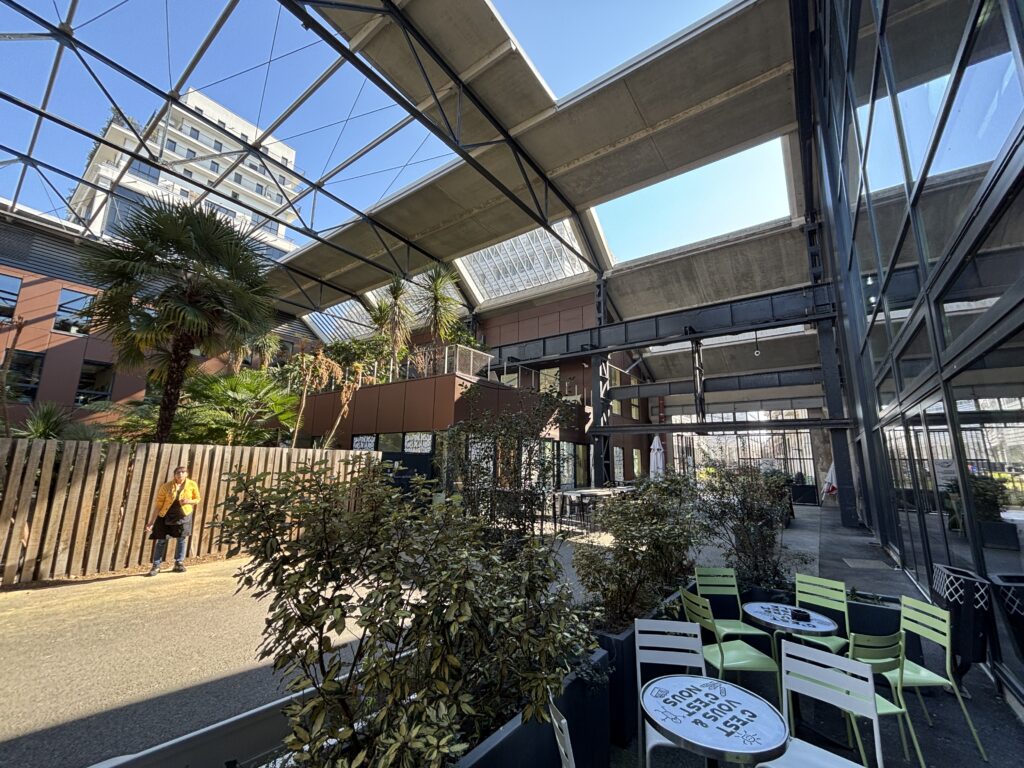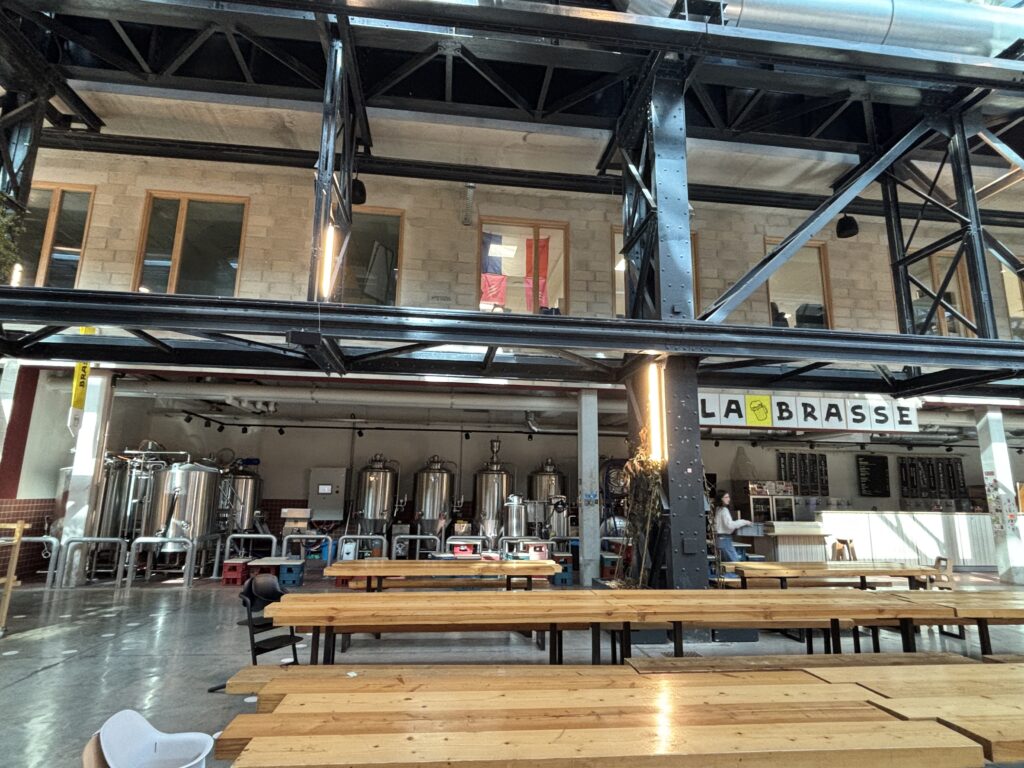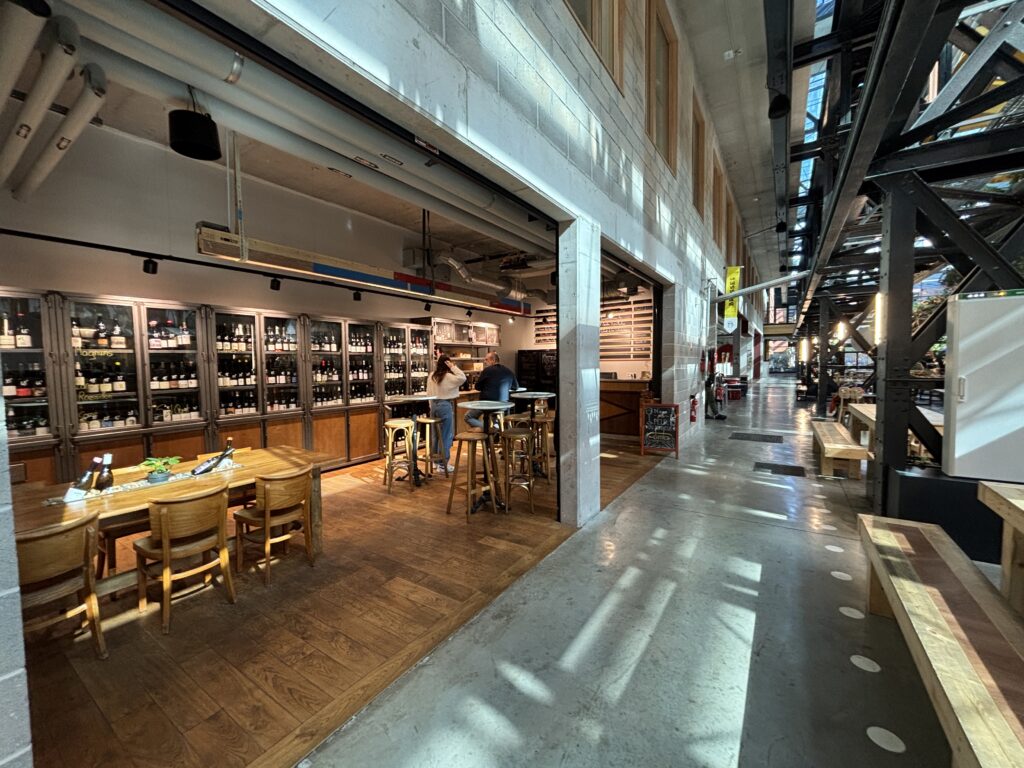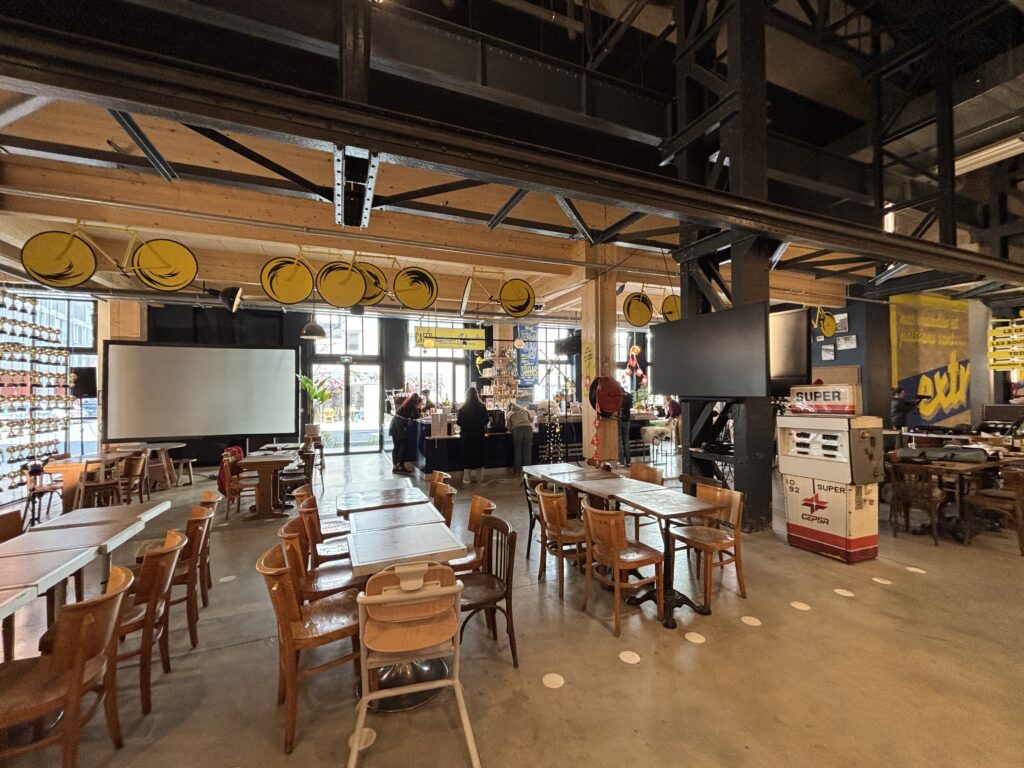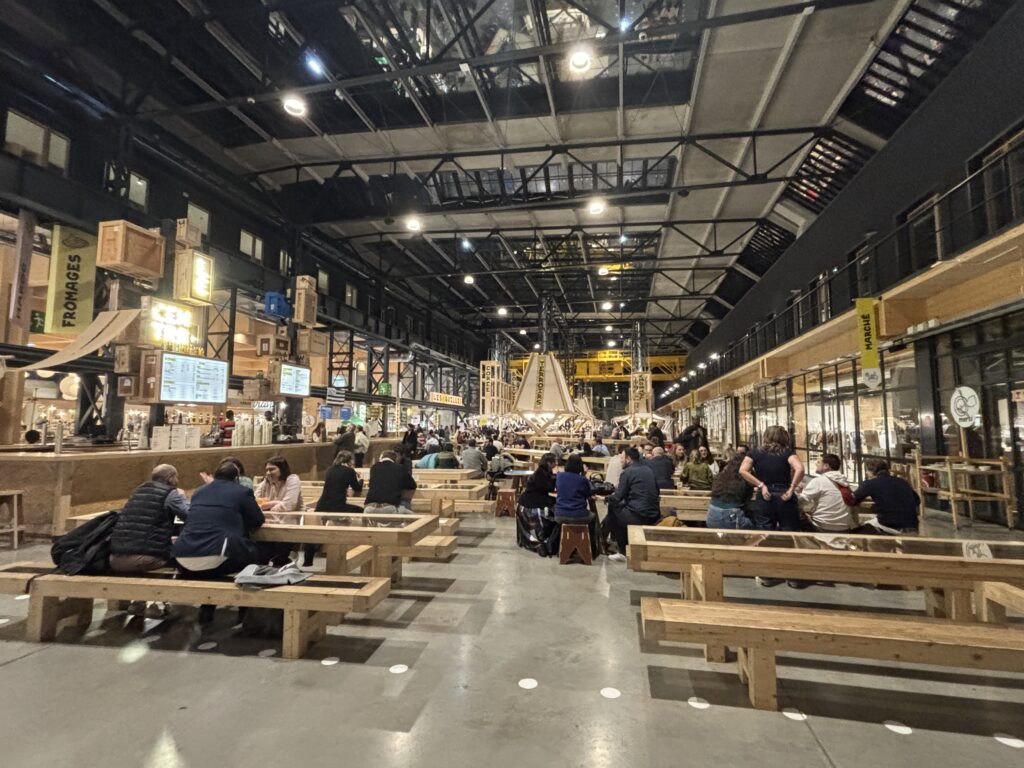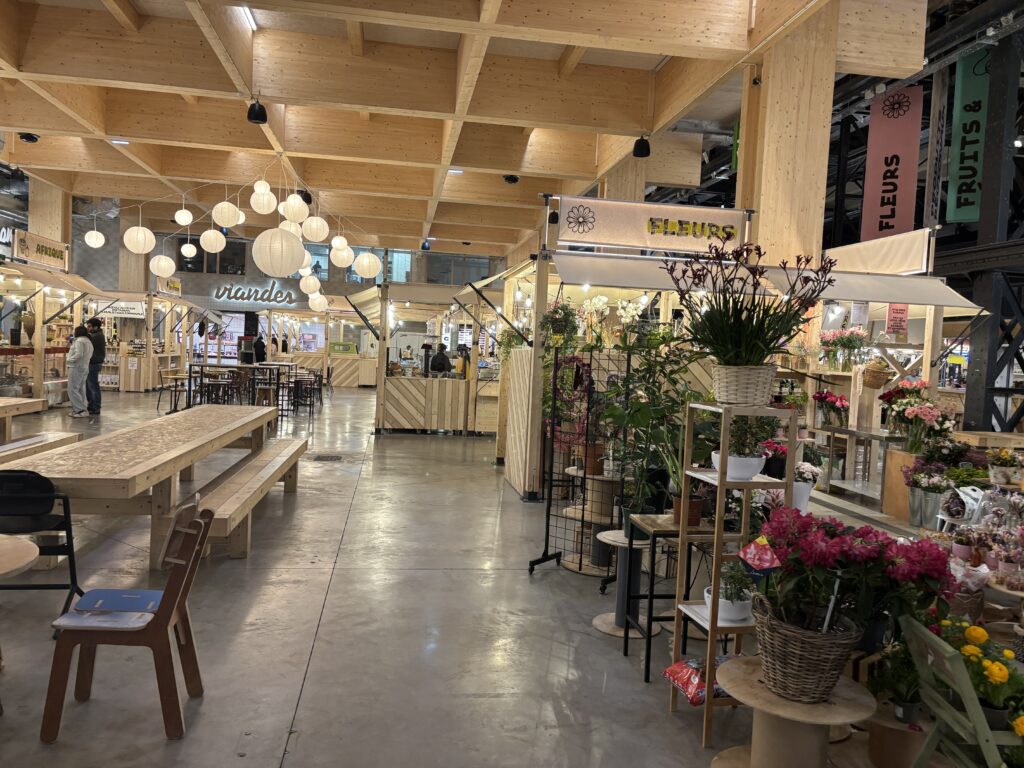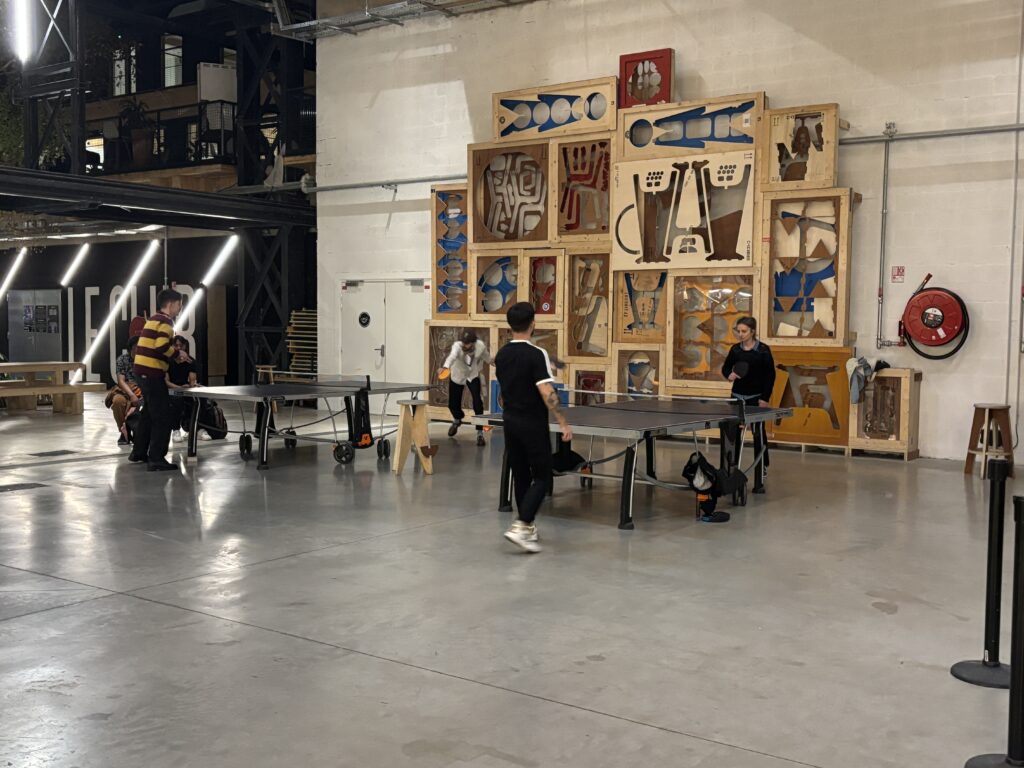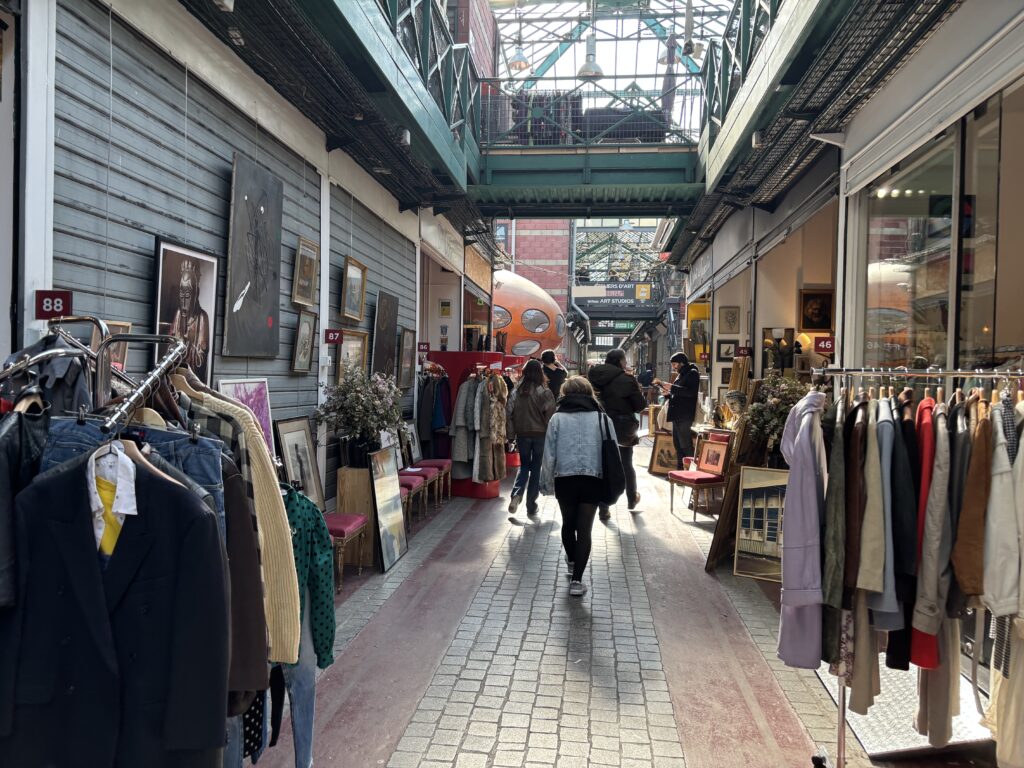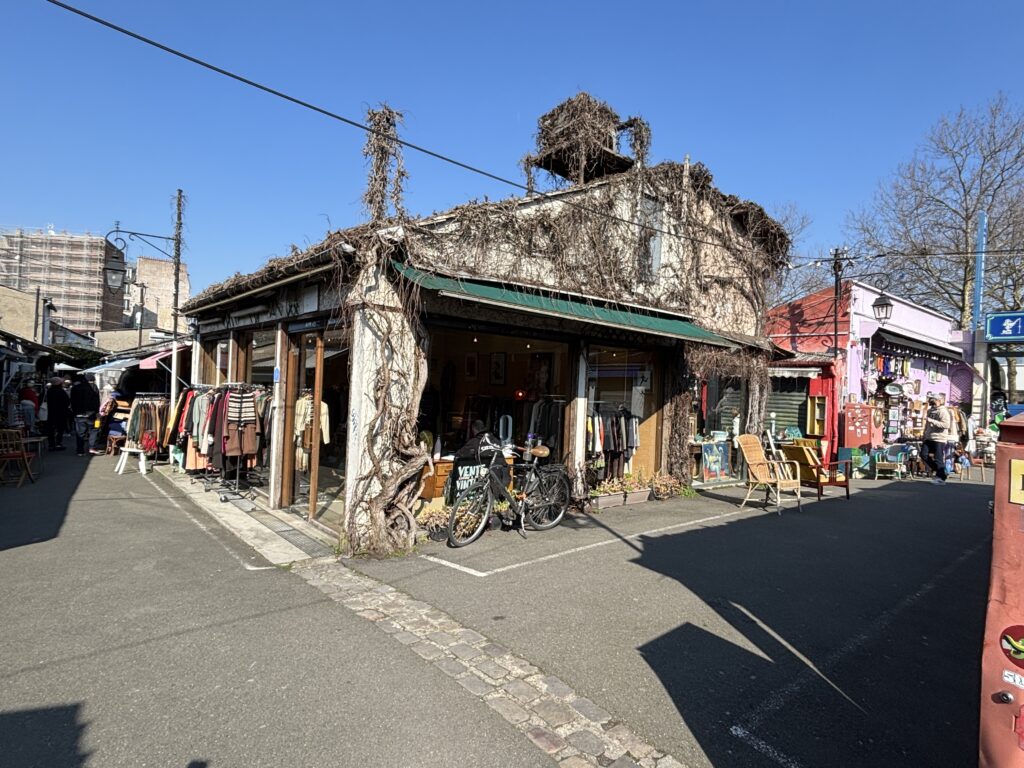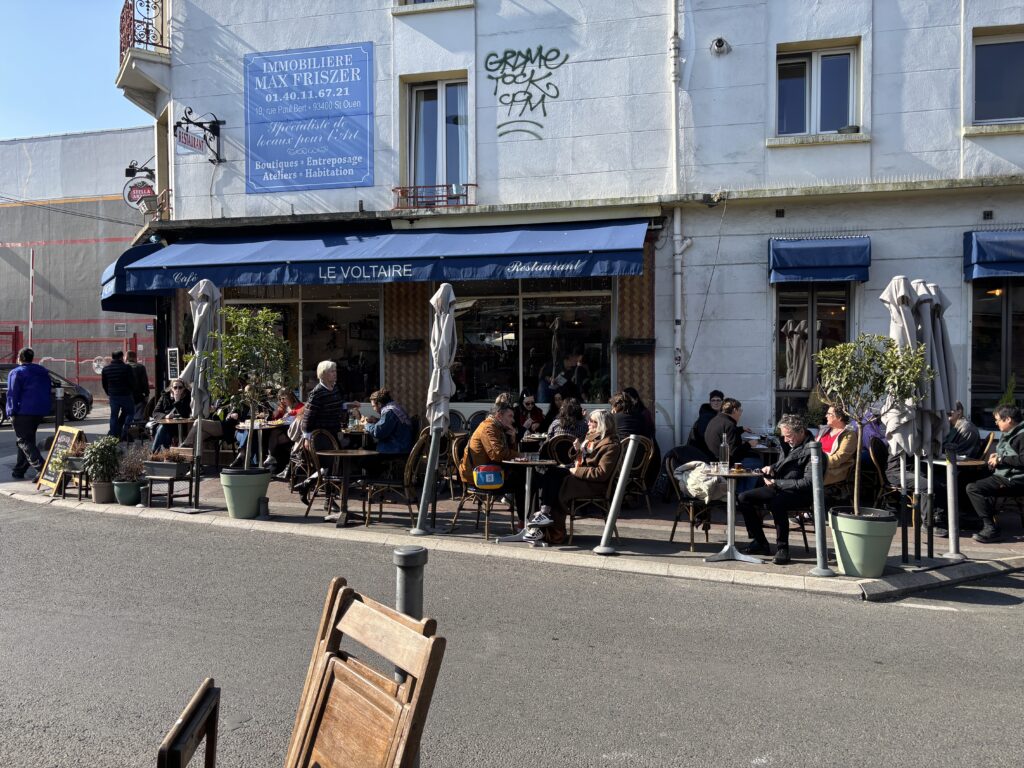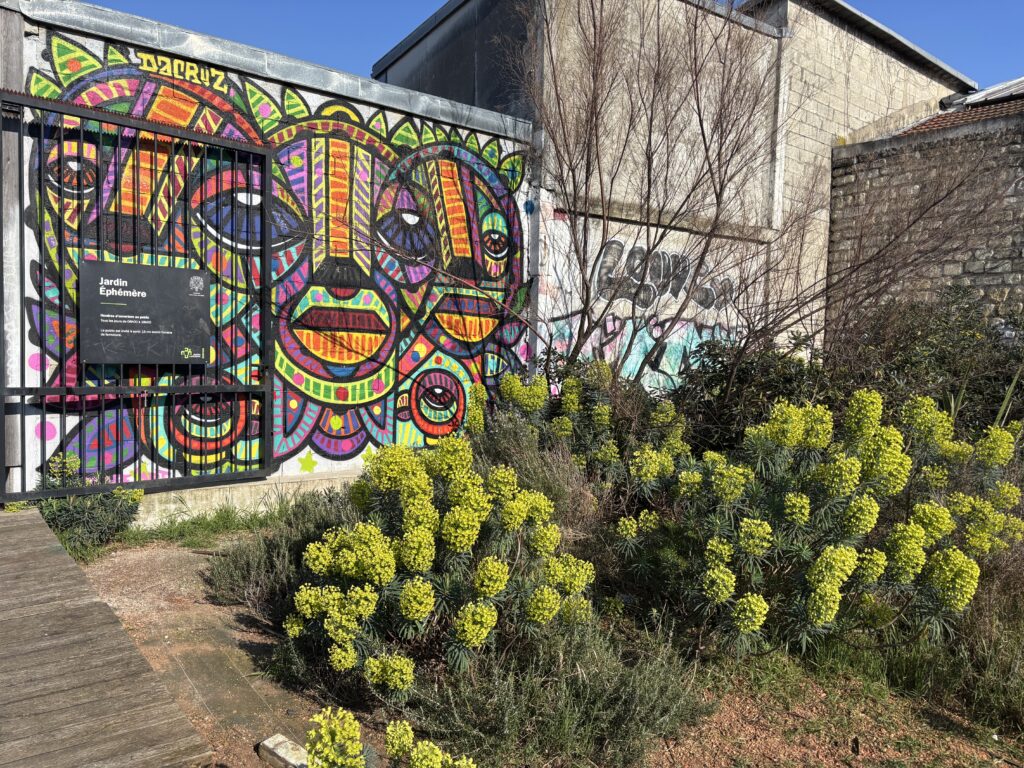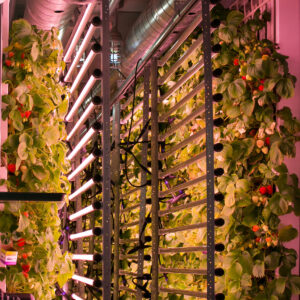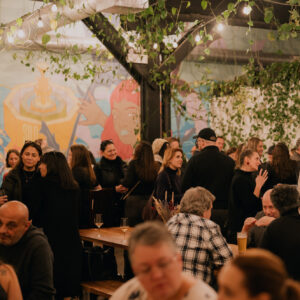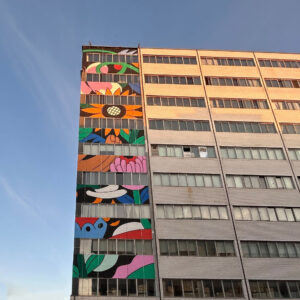NEWS FROM RIGHT HERE
April 4, 2025
Mission to France: formative visits for District Central
In mid-March, the Société de développement commercial (SDC) District Central and a number of stakeholders visited the French department of Seine-Saint-Denis, near Paris, which is undergoing a major transformation, as well as other nearby districts. In particular, they wanted to see how their industrial areas have been redeveloped, how mixed use is being practised and how short commercialisation circuits have been developed. Geneviève Dufour, Associate Executive Director of the SDC District Central, reflects on the highlights of these visits.
You went on a four-day economic mission to France: what were your overall impressions?
"That each region is unique and that we can't simply apply here what has been done elsewhere. We were aware of this, but it was impressive. We have quite different practices in District Central, but we can still draw inspiration from some of the things that have been put in place in France."
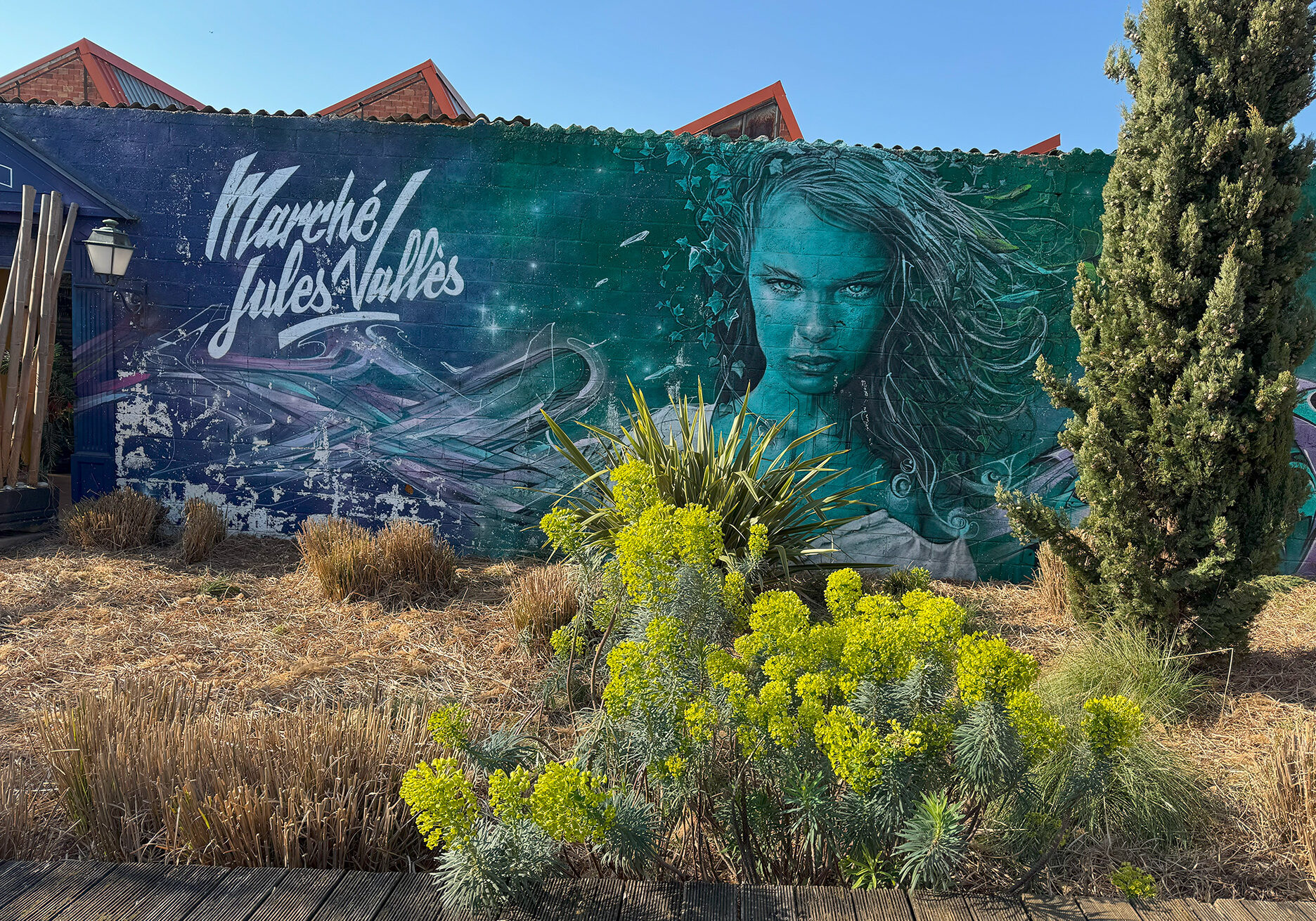
What inspired you the most?
"The Port de Javel is located practically at the foot of the Eiffel Tower in Paris. Heavy industries such as concrete production have been present there for a very long time, and at the same time the municipality wanted to reclaim the banks of the Seine so that residents and tourists could enjoy leisure activities. A consultation process was carried out to ensure that the different uses could coexist. HAROPA PORT, the company that manages port activities, created a position to carry out consultations with the community, and a dialogue was opened with all users. A charter of uses has even been drawn up and put in place to ensure that there is something for everyone. Industrial companies have adopted accommodation measures. For example, the Lafarge concrete plant, which has direct access to the Seine, has redesigned its facilities to create a walkway so that people can walk on the riverbank. The path is temporarily closed and people only have to walk around the plant if they are transporting goods to the boat. We were very inspired by this approach because consultation is important in District Central and we are working on an ethical and economic charter. We're in the process of research and development with ELEMENTS Planification Urbaine, who also participated in the mission, so were able to validate several points.”
Port de Javel
How was the short circuit put in place?
" We saw it in urban agriculture. The Cité Maraîchère in Romainville, in Seine-Saint-Denis, is a 700 m2 all-glass vertical urban greenhouse with rooms for education, a market and a restaurant on the ground floor that has really become a community space. Chef Hawa Touré changes her menu every day, incorporating fresh food grown above her head! We went there at lunchtime on Wednesday, and it was packed! There were a wide variety of people there, grandparents with their grandchildren who seemed to be celebrating a birthday, workers, professionals on an economic mission (us!), and so on. And yet it's a building that's a bit out of the way: you have to know it's there. It's great, because people come to them. The Cité Maraîchère model is very inspiring for District Central, which has a lot of urban agriculture, particularly with the Centrale Agricole. It integrates not only production, but also marketing by building on the community aspect and creating a landmark in the area, a meeting place.”
Cité maraichère
What have you seen that's very different in the way things are done in France?
"The manufacturing sector has largely been left out of the transformation of Seine-Saint-Denis. There aren't many elements of industrial heritage here either, with the exception of La Communale, a gourmet hall set up in the former Alstom factory at the heart of the Docks eco-neighbourhood in Saint-Ouen-sur-Seine, where live performances will soon be staged. Apart from this initiative, which aims to become the neighbourhood's meeting place, everything else seems new. In France, towns have a great deal of control over their land. They tend to buy up land and property, raze what's there and rebuild. Nor is there any signage explaining the history of the district, with the exception of Wangari's Greenhouse at Les Docks. In District Central, the importance of promoting the collective memory of our industries and the workers who built the neighbourhood has been strongly raised in our consultations over the years. It's important for the community to value its heritage, and we're currently working to bring it to the fore."
La communale
How were the commercial arteries developed?
"There are differences there as well. In France, towns tend to buy properties and put what they want in them. For example, the commercial fabric of Saint-Denis lacked diversity and this is what was done. In 2019, the City created a commercial property company, the Société d'économie mixte locale (SEML) Saint-Denis Commerces. It acquires, renovates and operates premises to offer residents a varied, high-quality range of shops. Revitalisation is therefore taking place very quickly. It has cleaned up, it has added beauty. You could feel the pride of the people at the City Council and the SEML when, in six years, including a pandemic period, they already had some forty premises in their portfolio. Impressive, except for the fact that their approach does not involve consulting or coordinating the existing community around the project. It also raises questions about gentrification. »
Was there a visit that was particularly surprising?
"The Puces de Paris Saint-Ouen. This big bazaar in the streets where you can find all sorts of things is really quite a different model. It's chaos! But it works! It was good to see that everything doesn't always have to be organised. We're very rigid in Quebec when it comes to land use planning. We sometimes lose this agility, these opportunities for development and more organic economic activities. At the end of the day, seeing ways of doing things in France that are similar to our own and others that are very different helped us to ask ourselves questions so that we can define ourselves properly and continue to move forward while respecting our values."
Saint Ouen
What did they take away from the economic mission to France?
Martine Peyton, President, ELEMENTS Planification Urbaine
"The Charter for the use of the Port de Javel, in the heart of Paris, made the biggest impression on me. Common commitments centered around the themes of living well together have been signed by several stakeholders such as housing associations, tourism organizations, industrialists, district town halls, and police stations. Governance is provided by the Charter Council. It's inspiring for any industrial area that wants to reconcile strong economic interests, introduce cohabitation of uses while adopting socially and environmentally responsible practices."
Stéphanie Cardinal, President, HUMÀ Design + Architecture
"I was inspired by the development of the Docks eco-neighbourhood in Saint-Ouen-sur-Seine and the objectives it has achieved. These include the creation of parks, housing and commercial thoroughfares that incorporate public art, the principle of shared streets and landscaped swales, as well as the circular economy. There's also the Energy Hub and the conservation of factories. I believe that on many levels, this eco-neighbourhood can inspire the development of District Central.”
Marie-Claude Breault, courtière immobilière agréée commerciale, Mobilis Agence Immobilière
"I was impressed to see how the city of Saint-Denis has been able to structure, secure and beautify its shopping streets. It takes conviction and political courage to do what has been done.”
Eugénie Lévis, coordonnatrice exécutive, Matelas Sélection
"I was struck by the way the Lafarge concrete plant coexisted with local residents at the Port de Javel in the emblematic setting of the Eiffel Tower. It's a fine example of how to strike a balance between an industrial necessity and respect for heritage, where boats, industry, tourists, cyclists and pedestrians are all involved in finding solutions to intelligently share a territory."
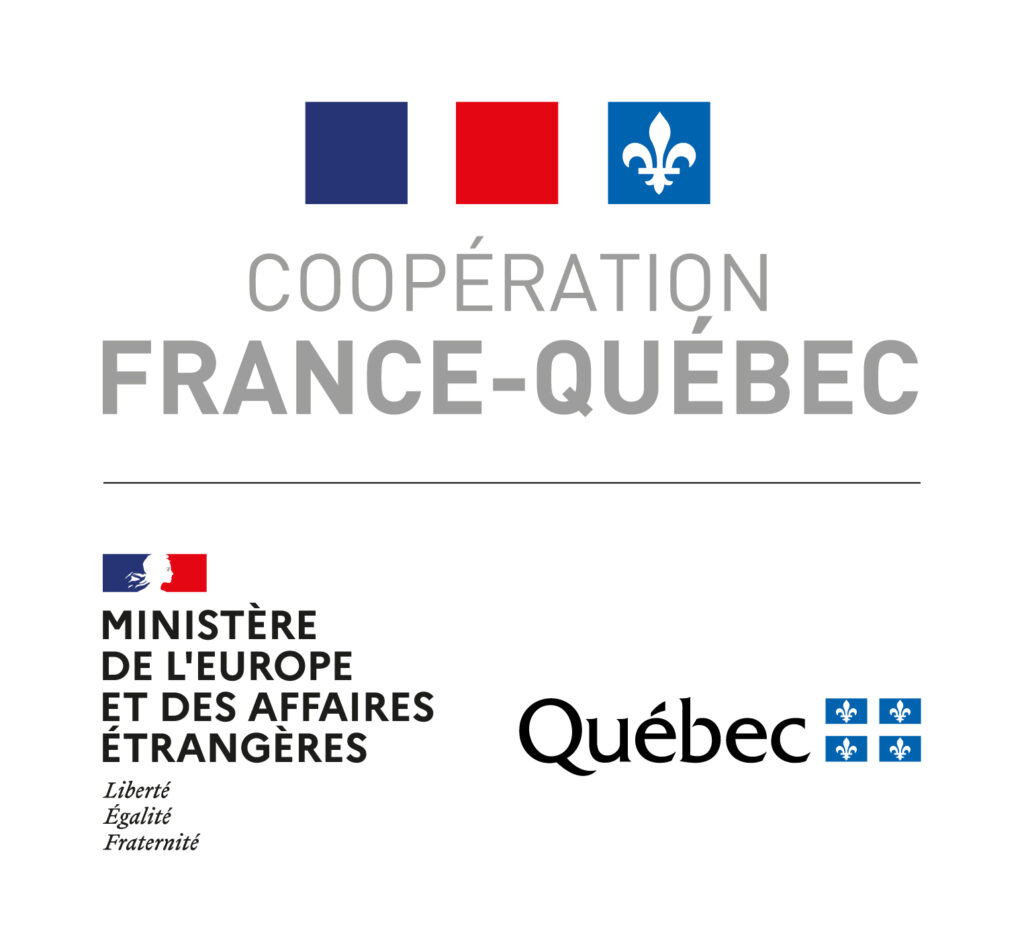
This project is sponsored by the Ministère des Relations internationales et de la Francophonie du Québec and the Ministère de l'Europe et des Affaires étrangères de la République française, as part of the Commission permanente de coopération franco-québécoise (CPCFQ).
Redesigning the city: the challenge facing District Central
Business parks, tomorrow. That was the theme that brought together economic stakeholders from the Brittany region on December 2. On this occasion, Hélène Veilleux, Executive Director of the SDC District…
Read MoreA Look Back at Our 2025 Year-End Cocktail
On November 26, the District Central community gathered at Brasserie Silo to celebrate the close of a year filled with strong collaborations, impactful projects, and collective achievements. This festive evening…
Read MoreA New Sculptural Mural in District Central
A unique new mural with a sculptural component is well worth a visit in District Central. The artwork, titled Ligne de vie urbaine, was created by Montreal-based artist DALKHAFINE and…
Read More
